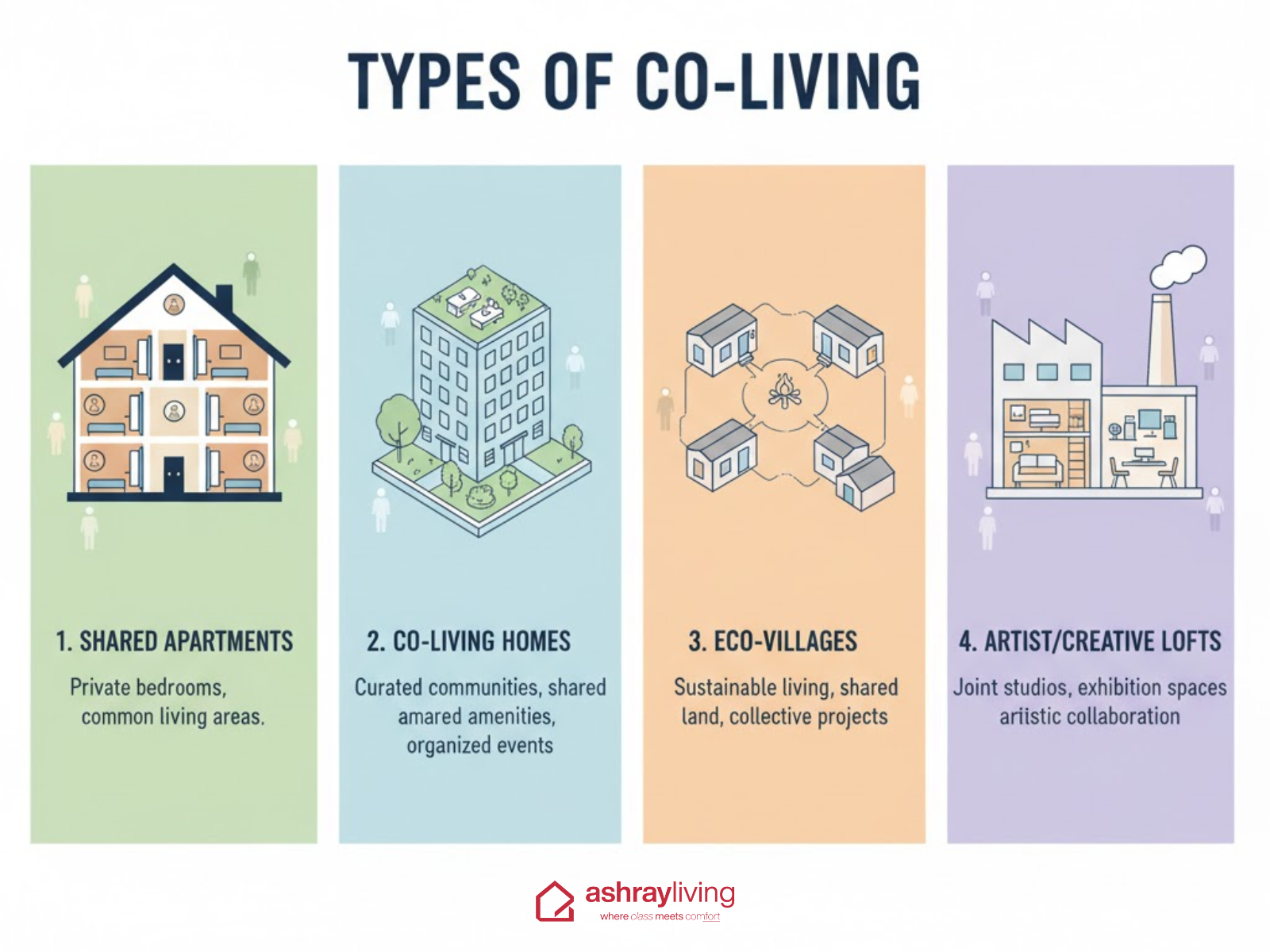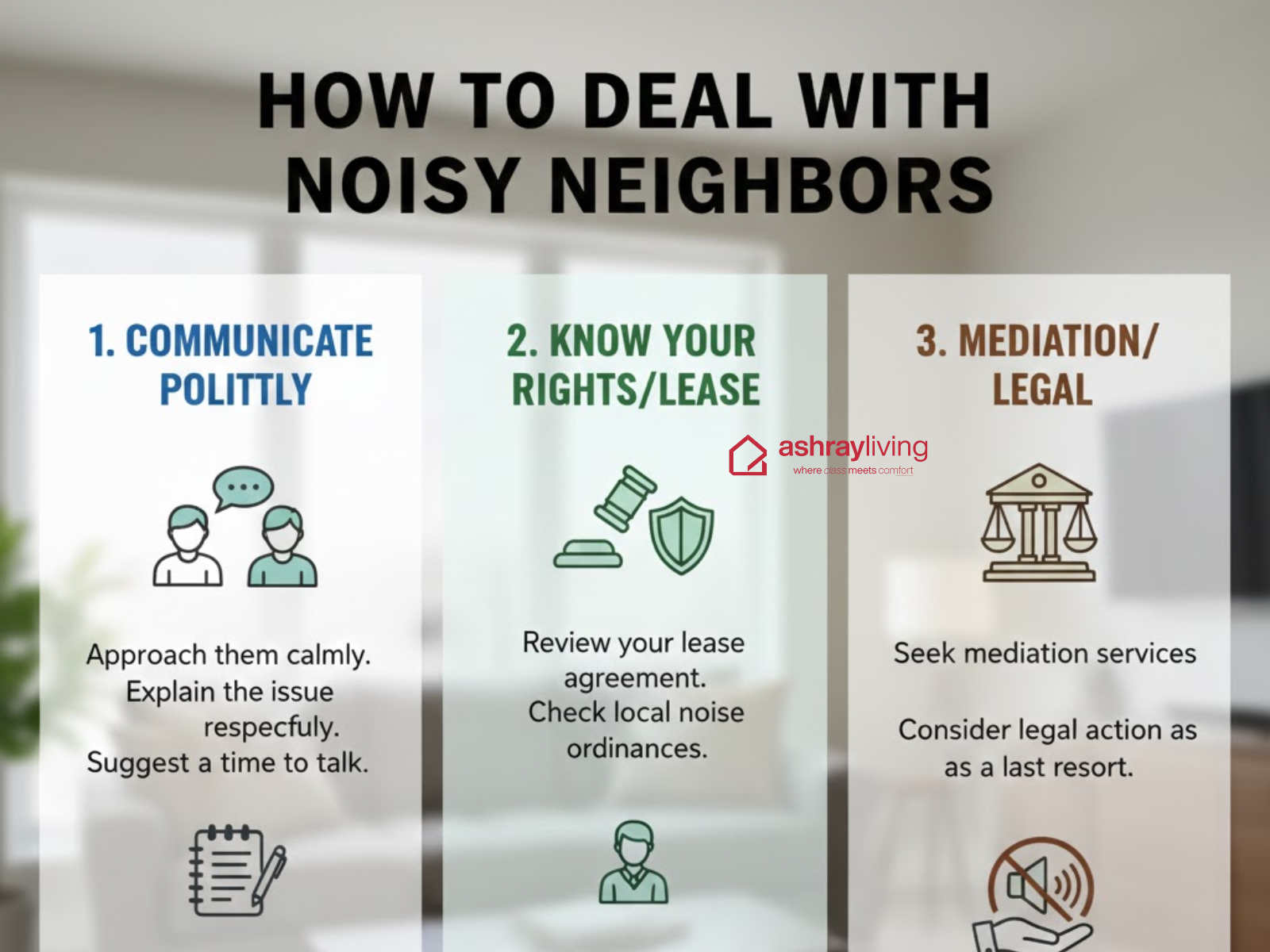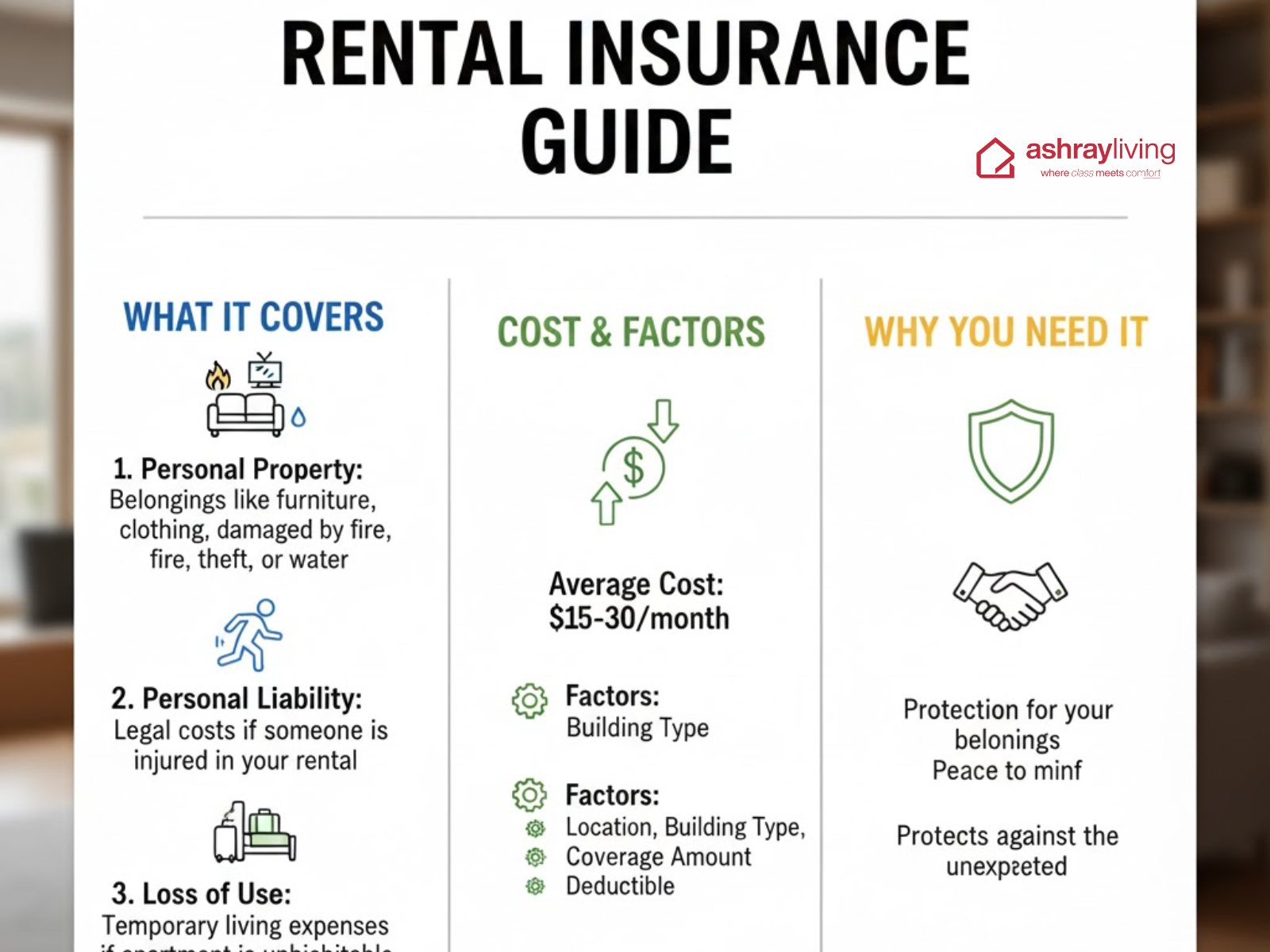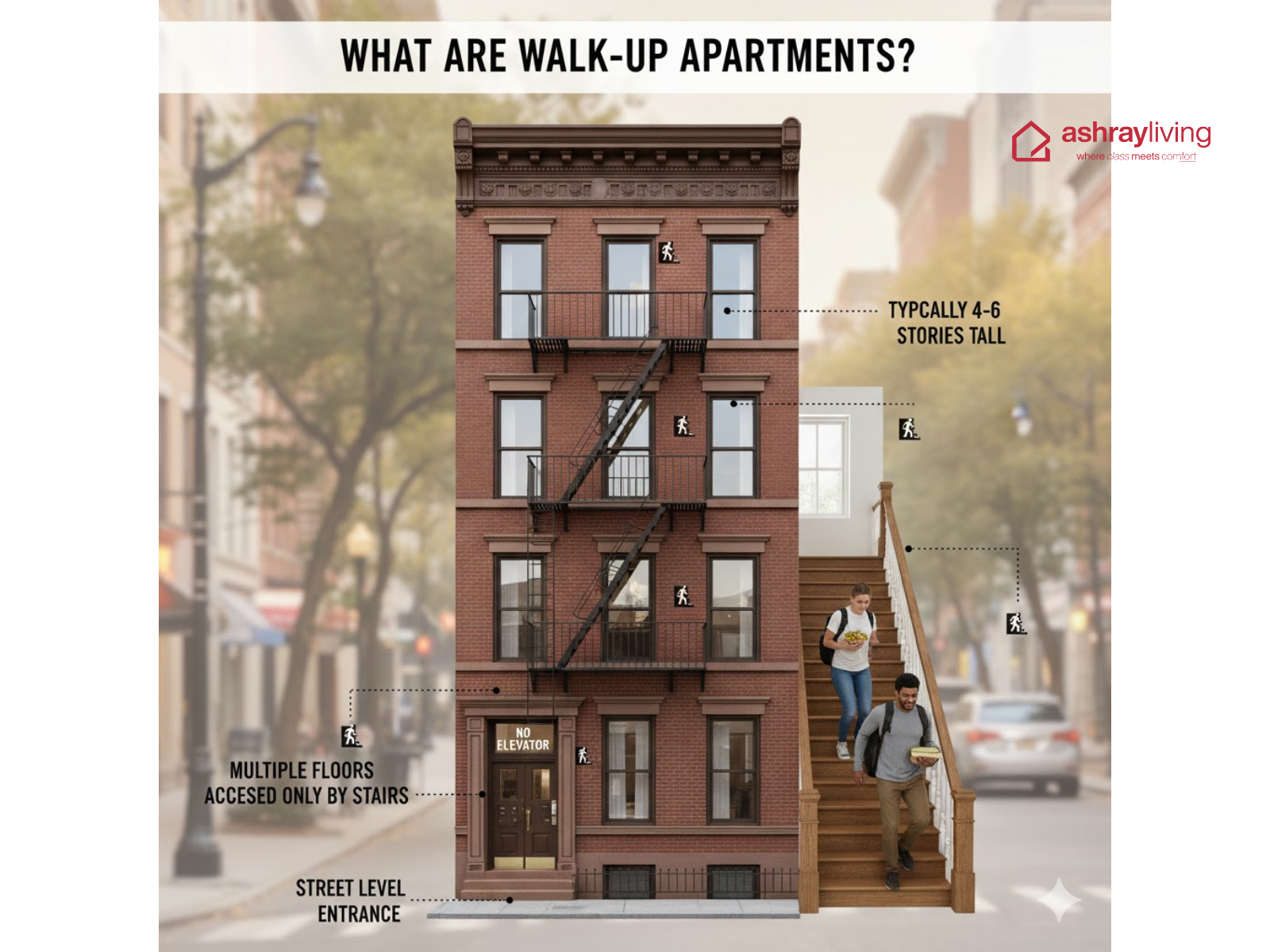
In today’s fast-paced world, the concept of co-living has become more than just a housing trend — it’s a lifestyle choice. As people search for community, convenience, and affordability, co-living spaces have evolved into a variety of styles to suit different needs. Let’s explore the most popular types of co-living spaces and what makes each one unique.
1. Shared Apartments
Shared apartments are the most common type of co-living space. In this setup, individuals rent private bedrooms while sharing common areas such as the kitchen, living room, and bathroom.
Residents split the rent and utilities, which makes this option affordable and practical. Shared apartments often attract students, young professionals, and newcomers to a city who want both privacy and companionship.
Key Features:
-
Private bedroom, shared common areas
-
Lower rent and utility costs
-
Balanced mix of independence and social interaction
2. Purpose-Built Co-Living Spaces
Unlike shared apartments, purpose-built co-living spaces are designed specifically for community living. Developers create these buildings with shared living in mind, offering fully furnished rooms, modern amenities, and communal areas such as coworking spaces, game rooms, and rooftop lounges.
These spaces encourage a strong sense of community and are ideal for digital nomads or professionals seeking a convenient, social environment.
Key Features:
-
Fully furnished, ready-to-move-in rooms
-
On-site amenities (gyms, coworking zones, cafés)
-
Community events and networking opportunities
3. Student Co-Living Spaces
Student co-living spaces cater to university and college students who prefer a structured yet social lifestyle. They offer furnished accommodations close to campuses, often including study zones, laundry facilities, and recreational areas.
Students enjoy a built-in community, academic support, and a secure environment—all crucial for balancing study and social life.
Key Features:
-
Proximity to universities
-
Study-friendly environment
-
Affordable, all-inclusive rent options
4. Professional Co-Living Spaces
Designed for working professionals, professional co-living spaces blend the comfort of private living with networking opportunities. These spaces often host career-focused events, workshops, and social gatherings to help residents connect with like-minded individuals.
They’re perfect for remote workers, entrepreneurs, or anyone seeking a work-life balance within a community setting.
Key Features:
-
High-speed internet and workstations
-
Networking and professional events
-
Flexible lease terms
5. Themed Co-Living Spaces
Themed co-living spaces revolve around shared interests or lifestyles. Some cater to eco-conscious residents, while others focus on art, fitness, or wellness. Themed spaces foster deep connections among residents who share similar passions.
For example, a sustainability-themed co-living might use renewable energy, host eco-workshops, and encourage green living habits.
Key Features:
-
Focus on shared values or hobbies
-
Community-driven events and projects
-
Strong sense of belonging and purpose
6. Luxury Co-Living Spaces
For those who want premium living without full ownership costs, luxury co-living spaces offer upscale amenities and top-notch services. Think rooftop pools, concierge services, designer interiors, and wellness centers — all within a vibrant community.
These spaces are ideal for high-earning professionals or expats looking for comfort, style, and social engagement in one package.
Key Features:
-
High-end furnishings and services
-
Exclusive community experiences
-
Central, well-connected locations
7. Senior Co-Living Spaces
Co-living isn’t just for young people. Senior co-living spaces create a supportive community for older adults who want independence with social connection. These spaces often provide on-site healthcare access, shared activities, and wellness programs.
Residents enjoy companionship and security without sacrificing their freedom.
Key Features:
-
Senior-friendly design and facilities
-
Social and wellness activities
-
Focus on community and safety
8. Hybrid Co-Living Spaces
Hybrid co-living spaces blend residential and professional needs. These spaces might combine private living units with coworking offices or creative studios. The goal is to create an environment where people can live, work, and socialize—all under one roof.
They’re ideal for freelancers, creatives, and entrepreneurs who thrive in collaborative settings.
Key Features:
-
Mix of living and working areas
-
Community-centered design
-
Ideal for remote and creative professionals
Final Thoughts
Co-living is reshaping the way people think about housing and community. Whether you’re a student, digital nomad, professional, or retiree, there’s a co-living model that fits your lifestyle. By combining affordability, flexibility, and connection, co-living spaces are redefining what “home” truly means in the modern world.
Also Read








